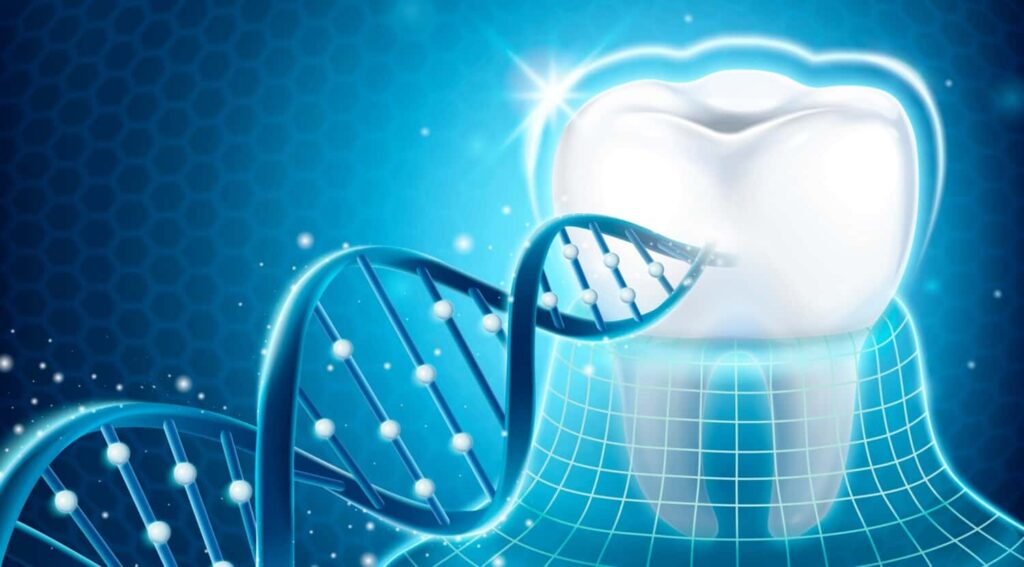In our lifetime we go through two sets of teeth. Baby teeth which are formed before we are a year old and adult teeth which replace them when we are between 6-13 years old. The adult teeth stay with us for life, unless we lose them, in which case a trip to the dentist is required to replace them.
It is difficult to imagine a life without teeth. Teeth have changed from functional tools used solely to bite, chew, and converse to aesthetic tools on which an entire cosmetic dental industry rests. Imagine how celebrities and Hollywood stars looked before they underwent cosmetic dental procedures? You can read about celebrities who changed their look with veneers on Part 1 and Part 2 of our previous blog posts.
Coming back to the topic, did you know that about 150 years ago, our teeth were believed to outlast us by 40 years? Due to medical advances and technology, our teeth are now believed to outlast us by 60-80 years. However, dental decline has increased drastically because of our lifestyle and higher intake of sugary foods and fizzy drinks which takes toll on our oral health.
So, when a tooth/teeth are lost, the only solution to replace it/them are dentures, bridges, or implants. Imagine how good it would be if teeth could regrow naturally and thereby avoid costly procedures? It may not be a fantasy because these days the concept of tooth regrowth is floating around. If animals like crocodiles and some reptiles can regrow their teeth, why not humans?

What is teeth regrowth?
Tooth regrowth is the natural process of restoring lost or damaged tooth structure. Teeth cannot regenerate because the enamel when lost due to decay or injury, is lost forever. But scientists are researching stem cell and gene therapies to unlock DNA and stimulate teeth to regrow.
What are the different methods of regrowing teeth?
Stem Cells
Stem cells are undifferentiated cells capable of transforming into different types of cells in the body, including tooth cells. In 2014, a Harvard-led team successfully used low-powered lasers to activate stems cells in both rats and human dental tissue to stimulate tissue growth. The laser produced tiny oxygen-containing molecules which, when in contact with the stem cells, caused them to morph into cells producing dentin (tooth tissue). This research could have implications for potential tooth regrowth in humans in the future.
Dr. Jeremy Mao of Tissue Engineering and Regenerative Medicine Laboratory at Columbia University successfully induced the body’s stem cells to build a tooth. The tooth was based on a three-dimensional scaffold infused with growth factors to potentially yield a tooth in nine weeks after implantation.
Tooth Bioengineering
Another method to regrow teeth is tooth bioengineering. Bioengineering involves using biomaterials to stimulate tooth repair. Biomaterials can mimic the natural environment of teeth and promote tooth regeneration. A research study used a biodegradable scaffold to stimulate the growth of new tooth tissue in rats. This scaffold acted as a framework for cells to grow and form a functional tooth structure.
Gene Therapy
Scientists are also experimenting with gene therapy to stimulate tooth regeneration by manipulating genes involved in tooth development. Researchers used a gene editing technology called CRISPR-Cas9 to regenerate functional teeth in mice by activating relevant genes responsible for tooth development.

What are the challenges?
While teeth regrowth is still a research topic, there are a few challenges that need to be solved before it can be develop for commercial applications.
Teeth are a complex organ
Teeth are made up of enamel, dentin, and pulp which make them a complex organ with unique functions. Regenerating the entire tooth structure with the same complexity and functionality is a significant challenge for researchers.
Ethical Barriers
While stem cells and gene editing are used extensively in research, they border on the controversial and raise ethical issues. Until the world regulates the origin and use of stems cells and gene manipulation, teeth regrowth will take a long time from research to commercial application.
Expense and Cost
Tooth regrowth techniques still reside in laboratories and are not fully ready for clinical use. It will take a long time to move from funded University laboratories to companies who will need to consider the cost profit analysis before commercialisation.
So, what is the next step?
While the concept of regrowing tooth is exciting, it is still in the early stages of development. It might take several decades to fully regenerate teeth. Until then, brush twice and floss once a day to ensure you take care of your teeth because you cannot afford to lose them.
Want to book an appointment?
Book online by clicking here. Call our friendly team on 3390 6100 or email us.







